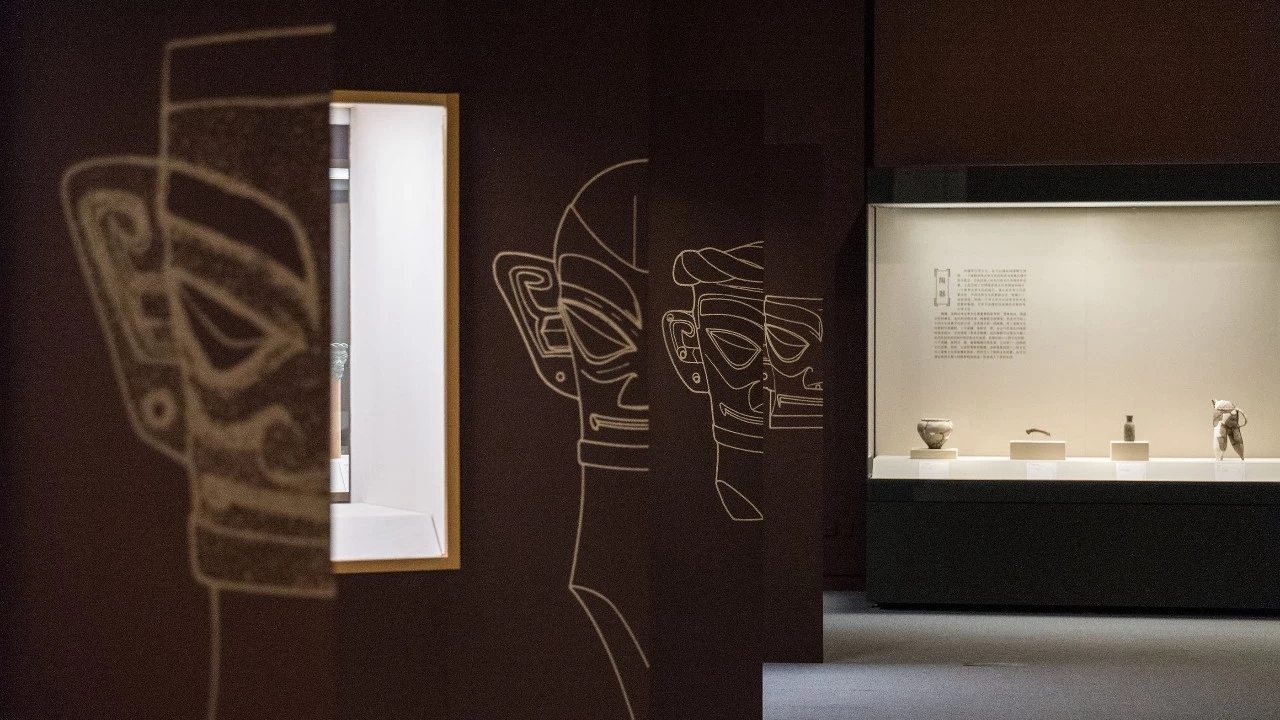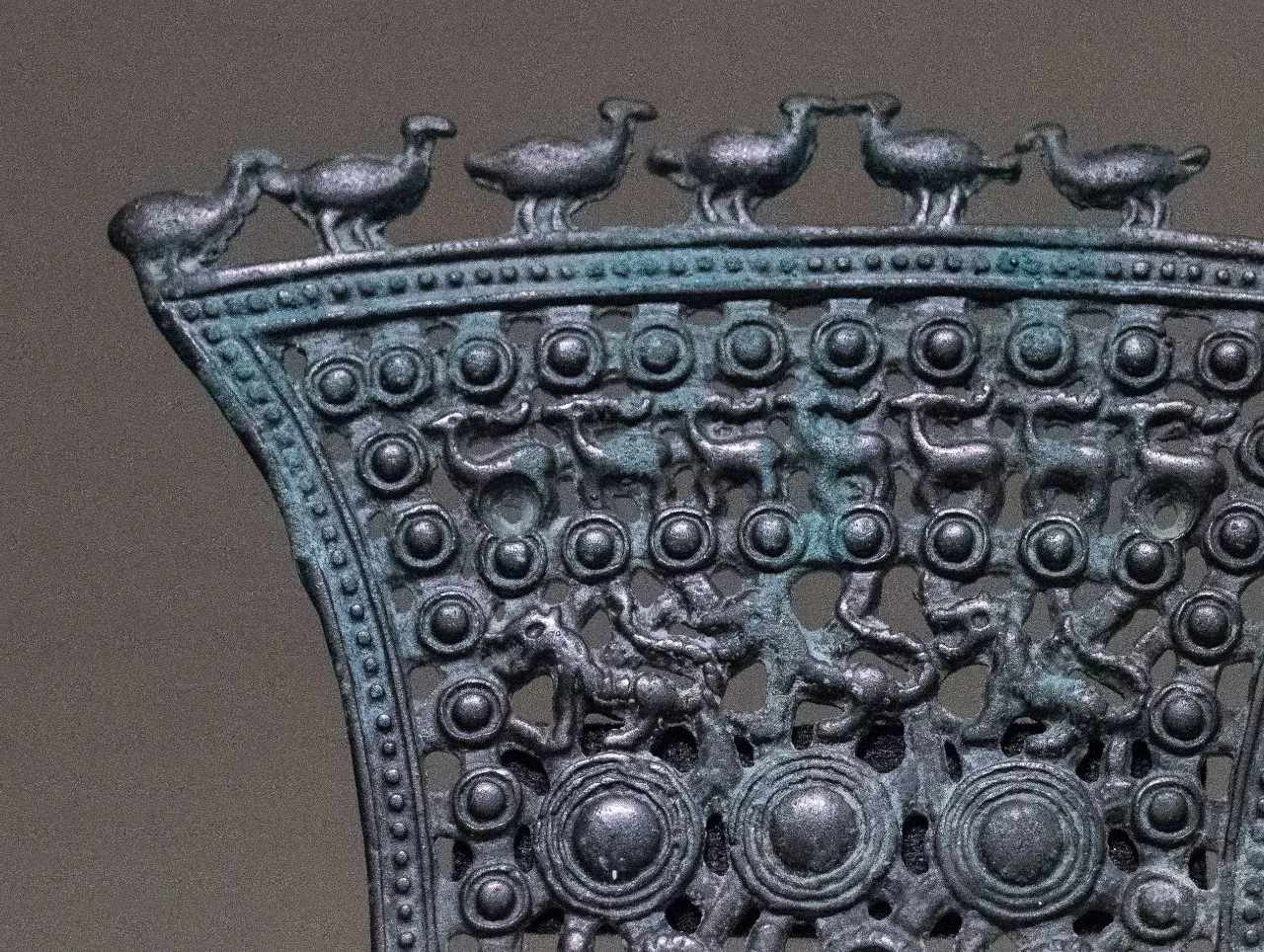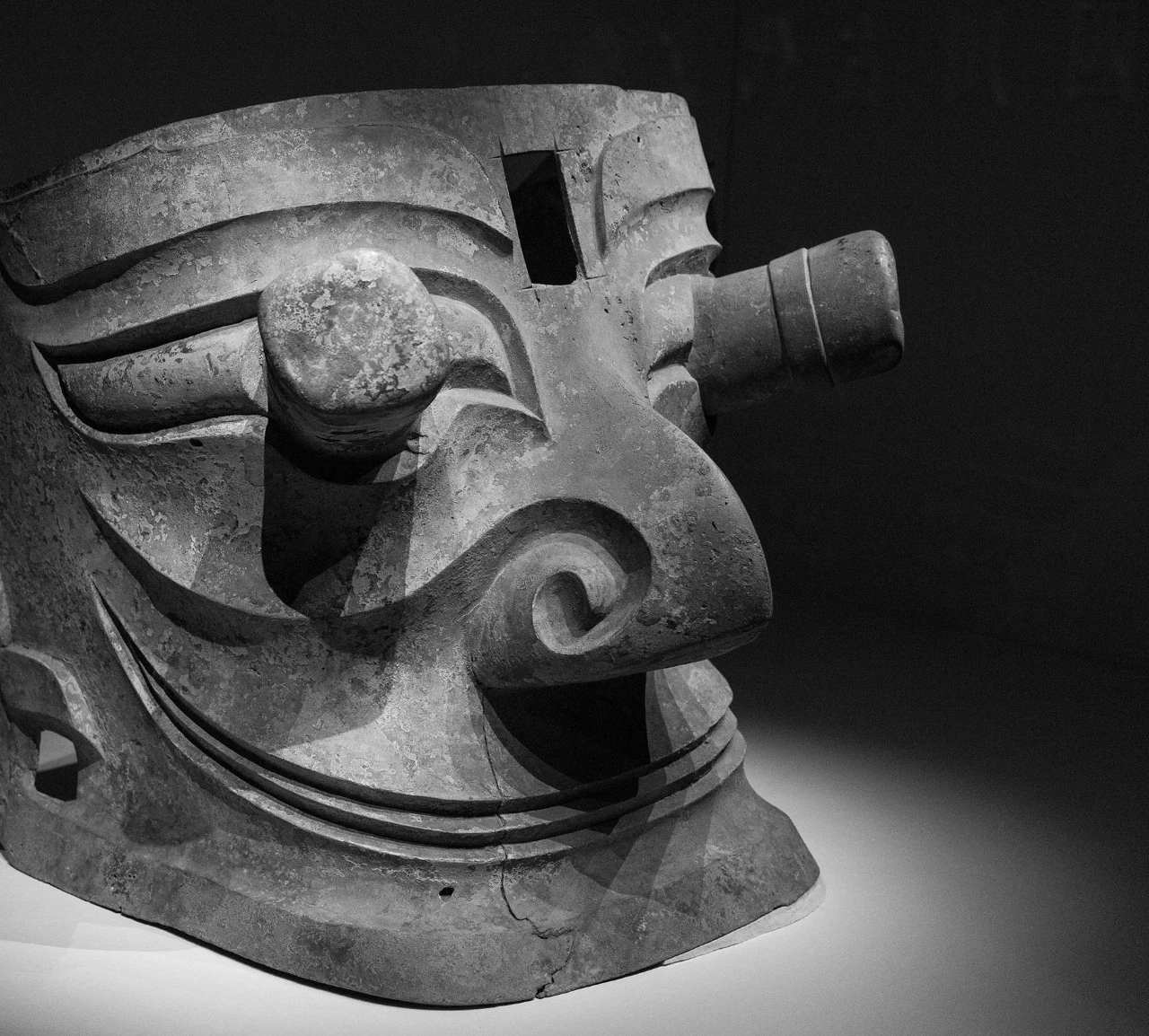
Arts
16:23, 25-Jul-2018
Relics of ancient Shu civilization on display at National Museum of China
Updated
16:09, 28-Jul-2018
By Ding Siyue
03:15

An exhibition showcasing the ancient Shu civilization has opened at the National Museum of China.
Established in the enclosed Sichuan Basin in southwest China, the ancient state of Shu was a distinct and fascinating civilization. It's also an outstanding representative of Bronze Age Civilizations in China and the world.
On display are over 200 pieces of cultural relics for visitors to learn more about the ancient state and its culture, 130 of which are rated as state first-class.
The ancient civilization was further evidenced by the discovery of the relics, including portraits, exotic bronzes, masks and animal ornaments, brought to light from two pits in Sanxingdui in the 1980s.
The discovery of the site at Jinsha early this century has depicted a clearer picture of the ancient state of Shu.

An exhibit /Photo via National Museum of China
An exhibit /Photo via National Museum of China
The Shu culture was developed during 1800 B.C. The state was conquered by the Qin state in 316 B.C. during the Warring States period (475-221 B.C.) and became part of the Chinese civilization.
This exhibition is not only a display of archaeological discoveries but a summary of the ancient Shu civilization. It is the first time an exhibition has comprehensively included all stages of such bronze civilization. In a way, it also reveals the development of Chinese civilization.
Most exhibits on the ancient Shu focus on the Sanxingdui and Jinsha ruins, which represent the first two of the three major stages of the civilization. The third stage, known as Qingyanggong Culture, is rarely featured.
However, since the 1980s, discoveries of relics from this period have been more common.

A relic on display. /Photo via National Museum of China
A relic on display. /Photo via National Museum of China
"The biggest difference in this exhibition is that it includes the relics of Qingyanggong Culture, and looks at the ancient Shu civilization as a whole," says Huang Yi, the exhibition’s curator.
This exhibition also deploys new academic research techniques, such as analyzing bronze avatars and golden masks from the perspective of hairstyles and hair accessories to interpret social structure changes on a macro level.
The exhibition also combines new technology with ancient relics.
"We also adopted some high-tech approaches in this exhibition, applying visualization technologies to the relic display. We hope it will help audiences learn about the culture behind the relics more directly," says Xie Zhicheng, deputy curator of Sichuan Museum.
This exhibition will be open to the public for free until Sept. 19. It will tour other cities in China as well as the countries along the route of the Belt and Road.

SITEMAP
Copyright © 2018 CGTN. Beijing ICP prepared NO.16065310-3
Copyright © 2018 CGTN. Beijing ICP prepared NO.16065310-3